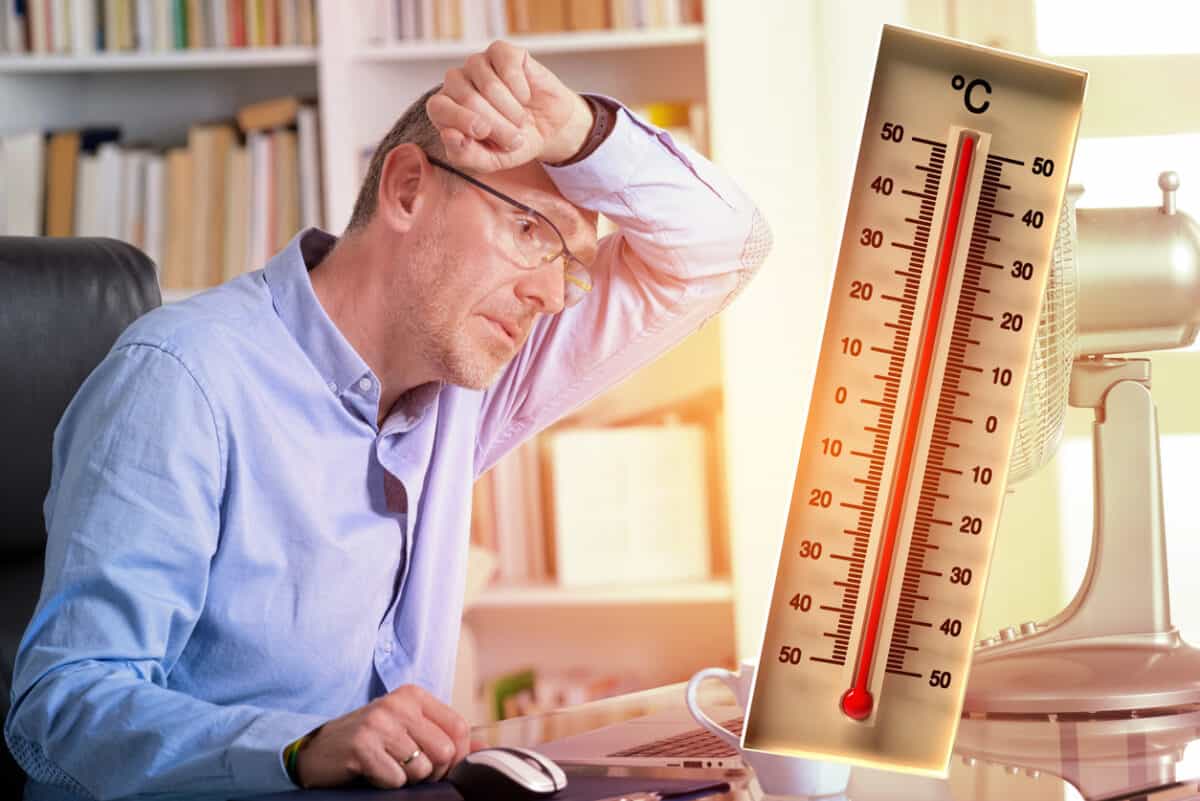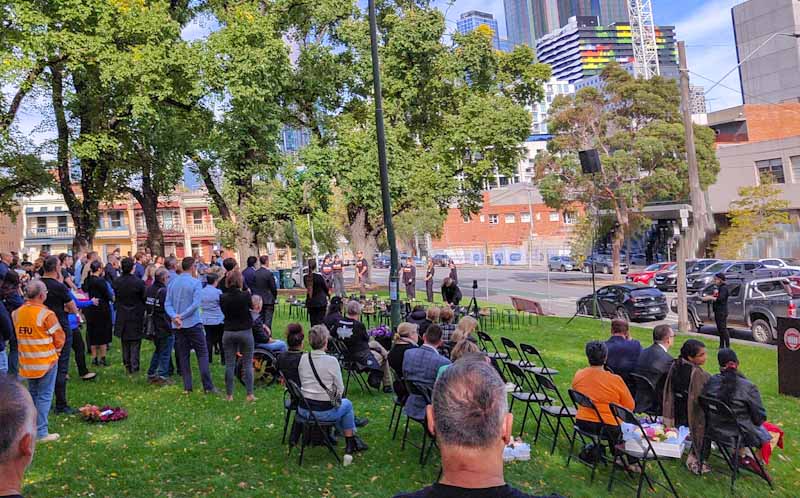There seems little doubt that global warming is now a reality. It has been forecast since the 1970s at least, but the fact of creeping change needs a turning point, and it seems that the current Northern Hemisphere Summer is that point. The Southern Hemisphere’s turn is only a few months away.
Few are talking about prevention. Instead, it is adaptation. Those adaptations need to be more than interventions at the individual level, such as increased hydration, wide-brimmed hats and facekinis. Global warming (climate change) has been a developing hazard for a while, contributed to by most countries and owned by none. Employees and customers need to reassess their work-related expectations. Here are some occupational issues and controls that deserve active reflection.







